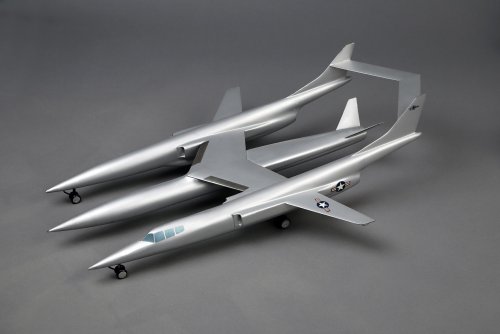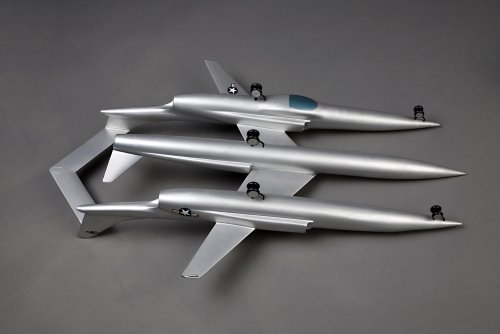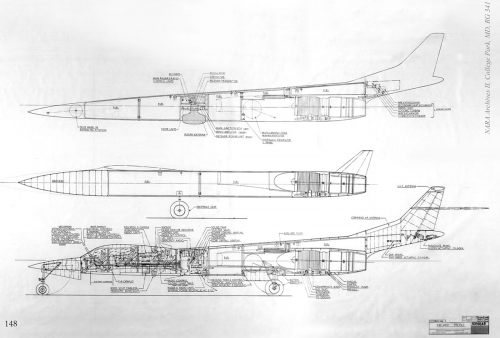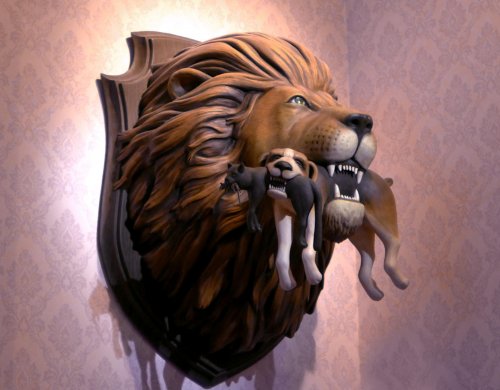- Joined
- 31 May 2009
- Messages
- 1,154
- Reaction score
- 593
Here's a factory Douglas model of a supersonic, composite bomber. Does anybody know what its designation was? The center pod can be jettisoned. It contains a third turbojet and presumably some fuel and a nuclear warhead. Cockpit appears to sit three crew members. An semi-educated guess dates this project from around 1950-1952.
The commonly-known Douglas GEBO (GEneral BOmber) proposal was the Model 2091. Another example is the Douglas Model 1209. I feel this unidentified airplane better fits the specifications for MX-1626 (Phase I) studies, but don't have any solid evidence.
I hope someone like Doctor House might have everything I need about this design, including large scale drawings, declassified reports, mission profiles etc ...
The commonly-known Douglas GEBO (GEneral BOmber) proposal was the Model 2091. Another example is the Douglas Model 1209. I feel this unidentified airplane better fits the specifications for MX-1626 (Phase I) studies, but don't have any solid evidence.
I hope someone like Doctor House might have everything I need about this design, including large scale drawings, declassified reports, mission profiles etc ...






